I travel to New York for the thrift stores as much as the skyline. The hunt tells real stories about the city and the people who dress it. If you want style, culture, and a grounded way to meet locals, this scene delivers. I’ll show you what makes it worth planning a whole day in New York State around it.
1. Eclectic range, from streetwear to designer gems
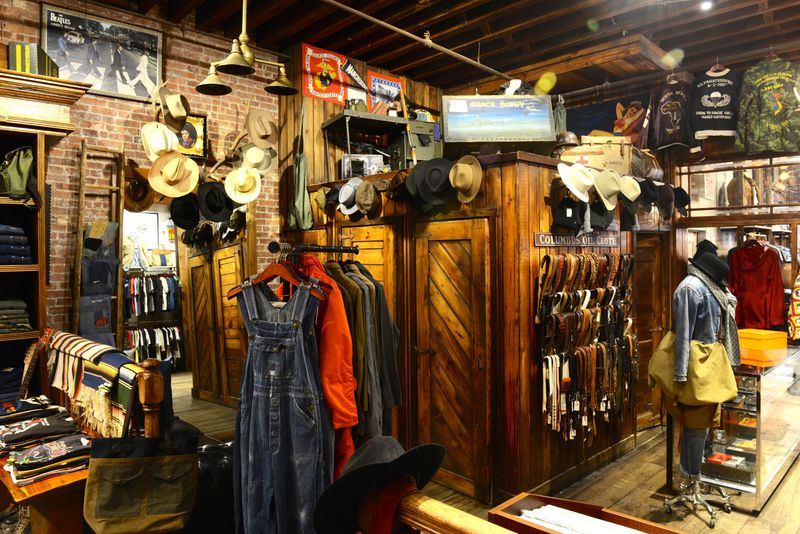
Thrift in New York isn’t just for bargain hunters. You’ll find everything from beat-up concert tees to pristine designer jackets. Vintage boutiques mix high end and rough cuts. I plan my route across Manhattan and Brooklyn and keep space in my bag for surprises.
Stores in the East Village, Williamsburg, and Bushwick stock pieces from recent seasons next to classics from earlier decades. Staff often know the backstory of a label or cut and point out era details. I watch for natural fibers, clean seams, and sturdy hardware.
Sizing shifts by decade, so I try everything. New York State draws donors from fashion offices, film sets, and stylists, so racks change with each week’s projects. I check return policies, repair options, and tailoring suggestions. I snap quick fit photos because mirrors vary by store. I track a short list of needs while staying open to a wild card. It keeps the day flexible and fun.
2. Weekly flea markets that double as culture hubs
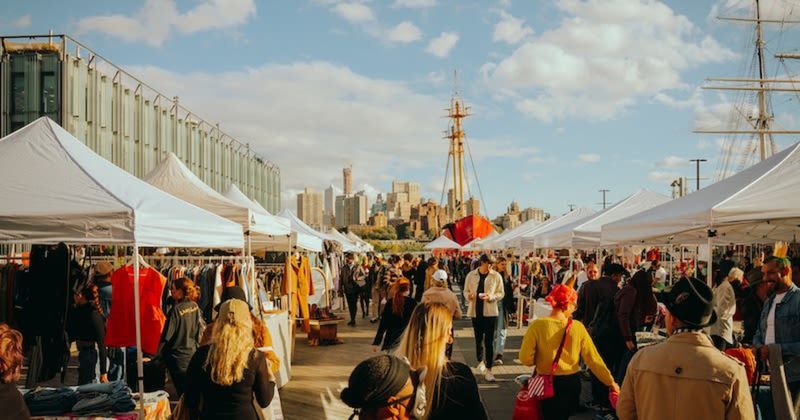
Markets like Brooklyn Flea, Chelsea Flea, and Grand Bazaar NYC bring art, food, music, and people together. It’s a shopping trip that feels more local festival than bargain crawl. I arrive early with cashless options and a compact tote. Vendors set out vintage denim, workwear, rugs, film cameras, and statement jewelry.
I ask about provenance, fabric content, and repair history. Many sellers run pop ups and know where to find parts or missing buttons. Some stalls rotate by season, so I check calendars and weather updates. The Grand Bazaar NYC donates proceeds to local schools, which adds community impact.
Chelsea Flea leans toward mid century and antiques, which pairs well with a fashion hunt. Brooklyn Flea mixes design and collectibles and often hosts guest sellers. I pace myself, take a breather, then loop back for anything I keep thinking about. New York State weekends feel alive in these markets, and the conversations often lead me to unexpected neighborhoods nearby.
3. Local tours guiding you beyond the obvious
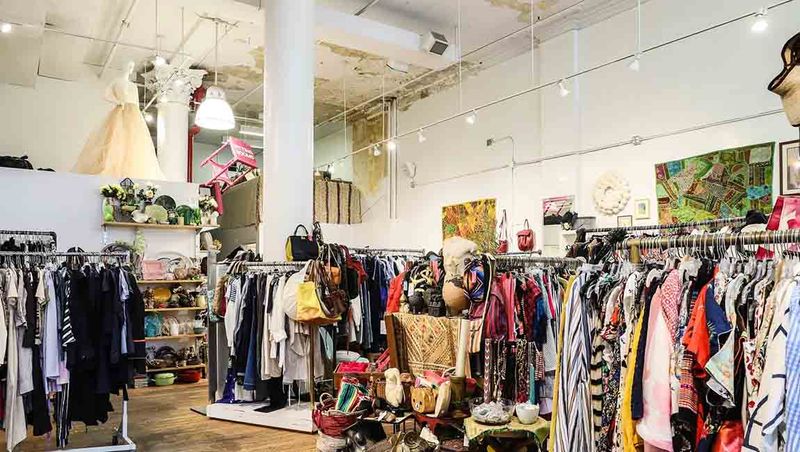
Thrift store tours led by locals or vintage experts help uncover hidden gems, explain pricing logic, and keep you from walking into tourist traps. I like small groups where the guide tailors stops to our interests. Some tours map out neighborhoods like the Lower East Side, Greenpoint, and Astoria.
They teach how to spot real leather, check zippers, and read union tags. I learn to assess fit from shoulder seams and to look under collars for wear. Good guides share up to date intel on restock days and neighborhood events. They also flag specialty shops for workwear, formalwear, or archival pieces.
I bring a compact tape measure and a small garment brush. We cover how to wash delicate fabrics and where to find repair pros. Tours often include independent boutiques that curate from multiple sources. The walk doubles as a mini history lesson about style in New York State. I leave with better habits and a smarter plan for the rest of the trip.
4. Fast turnover equals fresh racks daily
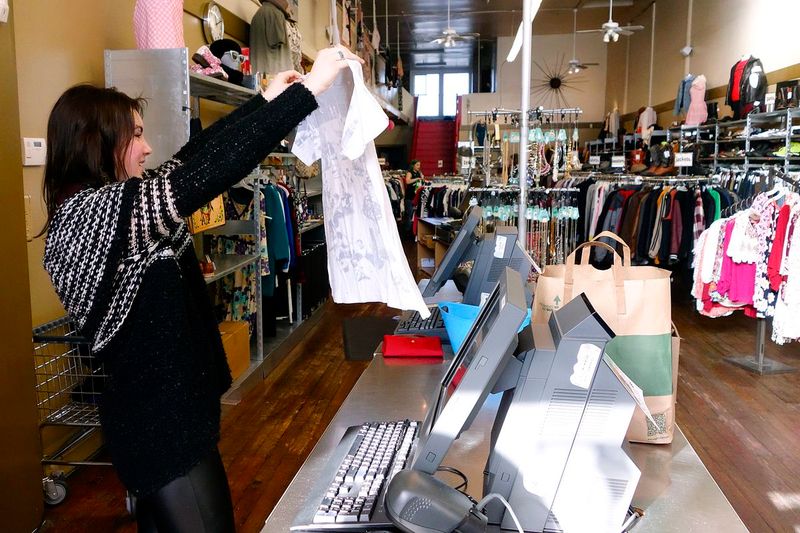
Because New York is large and donation volume is high, thrifts turn over stock fast. What’s in store today might be gone tomorrow. That makes each visit feel like a fresh dive. I ask staff about restock windows, which often happen in the late morning or early afternoon.
Some stores tag by color to mark the week, so I learn the system at the door. I scan categories first, then circle back for details. If I spot a quality coat or selvedge denim in my size, I decide quickly. I still check seams, lining, and odors before I commit. I also keep a short list on my phone, so I can act without second guessing.
Big donation days follow seasonal closet clean outs and moves. I track those periods across the year in New York State. I stay respectful, return misfits to the rack, and thank staff. It builds goodwill and sometimes a helpful tip for my next stop.
5. Layered neighborhoods with their own thrift identity
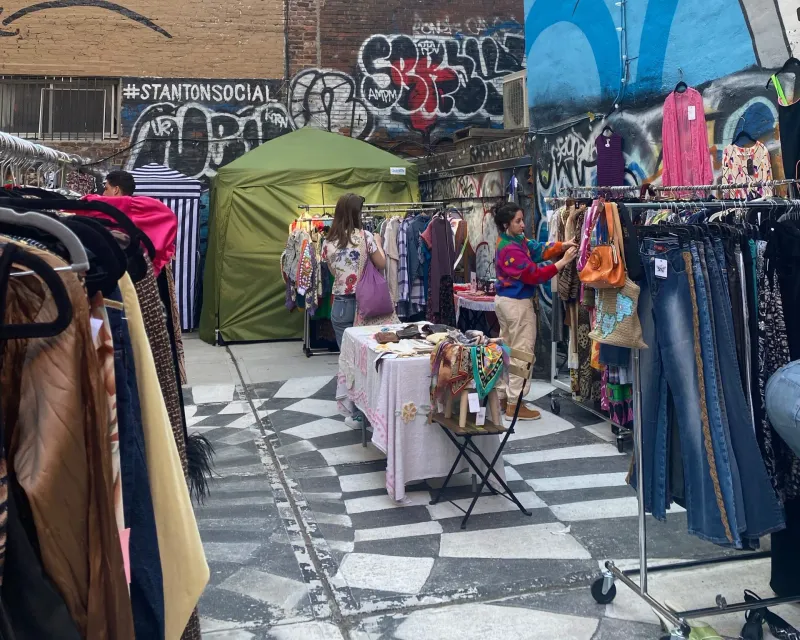
Each borough carries its own thrift flavor. Greenpoint might lean vintage denim, the Lower East Side might lean ’80s punk, and the East Village might favor offbeat cuts. I map my day by theme. If I want leather and sturdy boots, I add a detour to Williamsburg.
For minimalist tailoring, I swing through Soho and Nolita and compare cuts. Queens offers Astoria and Long Island City with a steady mix and calmer pace. Manhattan still holds classic spots within walking distance of each other. I take the subway to save time and step mileage.
I plan snack breaks near parks so I can sort finds and adjust layers. Local street art often hints at the style inside nearby shops. I ask shopkeepers what neighborhood they swap with for overflow stock. These patterns shift through the year across New York State. It keeps the hunt fresh and gives each part of the city a clear reason to visit.
6. Sustainability and fashion consciousness
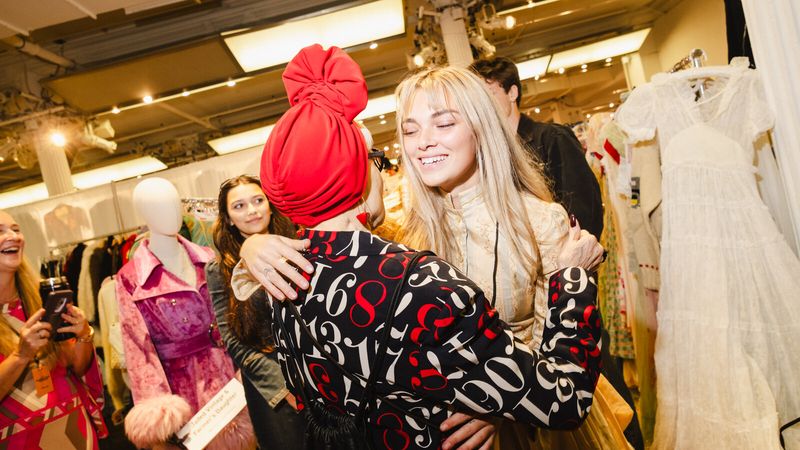
Thrift shopping in New York ties into a broader move toward sustainable wardrobes. Many shoppers look for secondhand as ethically stylish. I start with fiber content and choose durable pieces I will wear often. I ask stores about textile recycling and donation partners. Some host mending nights or alterations pop ups.
I carry a small kit with safety pins and a tape measure to test quick fixes. Buying fewer, better items reduces waste and supports a circular mindset. I avoid impulse buys by taking a short walk before I decide. I also check for missing buttons and loose hems so I can budget time for repairs.
Guides and community groups share tips on caring for wool, denim, and silk. Independent shops often highlight local makers who upcycle. This approach helps me build a wardrobe that fits travel and daily life. It feels grounded and aligns with broader goals across New York State.
7. The thrill of discovery not mass retail
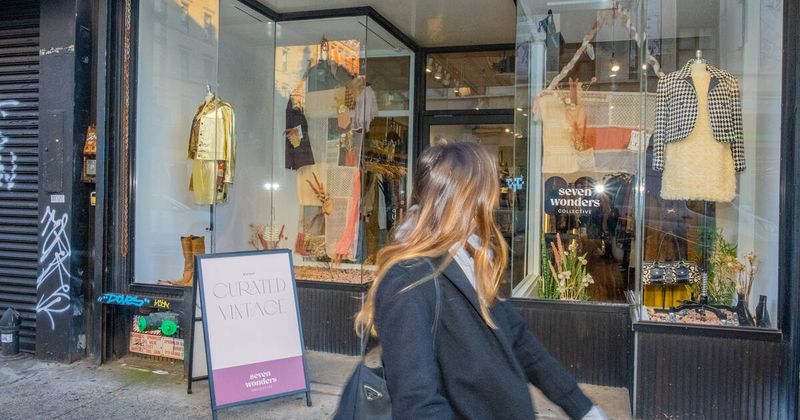
In a city of chain stores and flagship boutiques, thrift stops offer treasure hunts. That sense of stumbling upon something rare and unique to your trip adds emotional punch. I slow down and let my hands read fabric weight and texture. I scan collars, cuffs, and labels before I look at the price tag.
If I find a special piece, I note why it matters. It might be a perfect drape or a patch that tells a story. I check fit in natural light near the door if the dressing rooms feel cramped. I also take a quick photo to confirm proportions. I ask staff if similar items come in often, so I know whether to hold out or commit.
The best finds become trip markers that I reach for at home. They bring back music on the street and a corner cafe conversation. That connection is why I thrift when I visit New York State.
Dear Reader: This page may contain affiliate links which may earn a commission if you click through and make a purchase. Our independent journalism is not influenced by any advertiser or commercial initiative unless it is clearly marked as sponsored content. As travel products change, please be sure to reconfirm all details and stay up to date with current events to ensure a safe and successful trip.